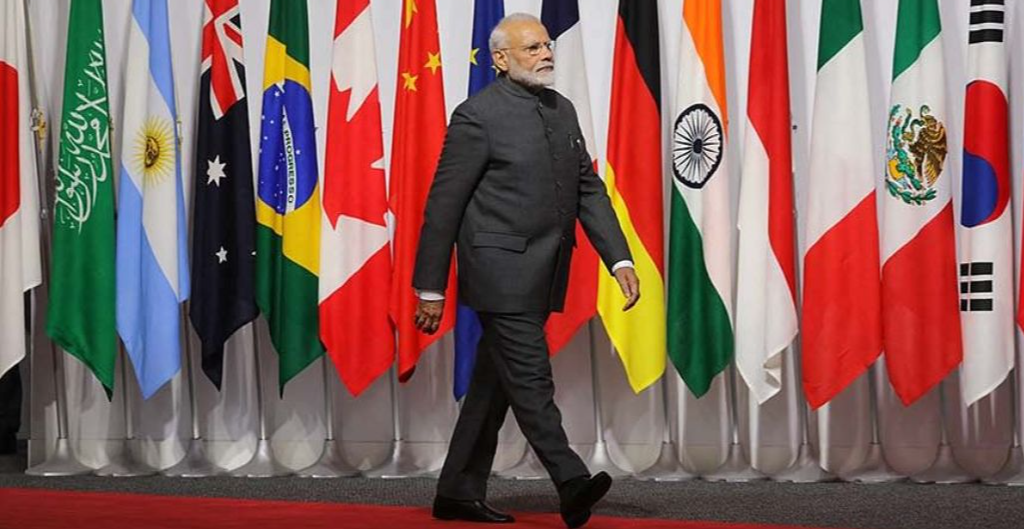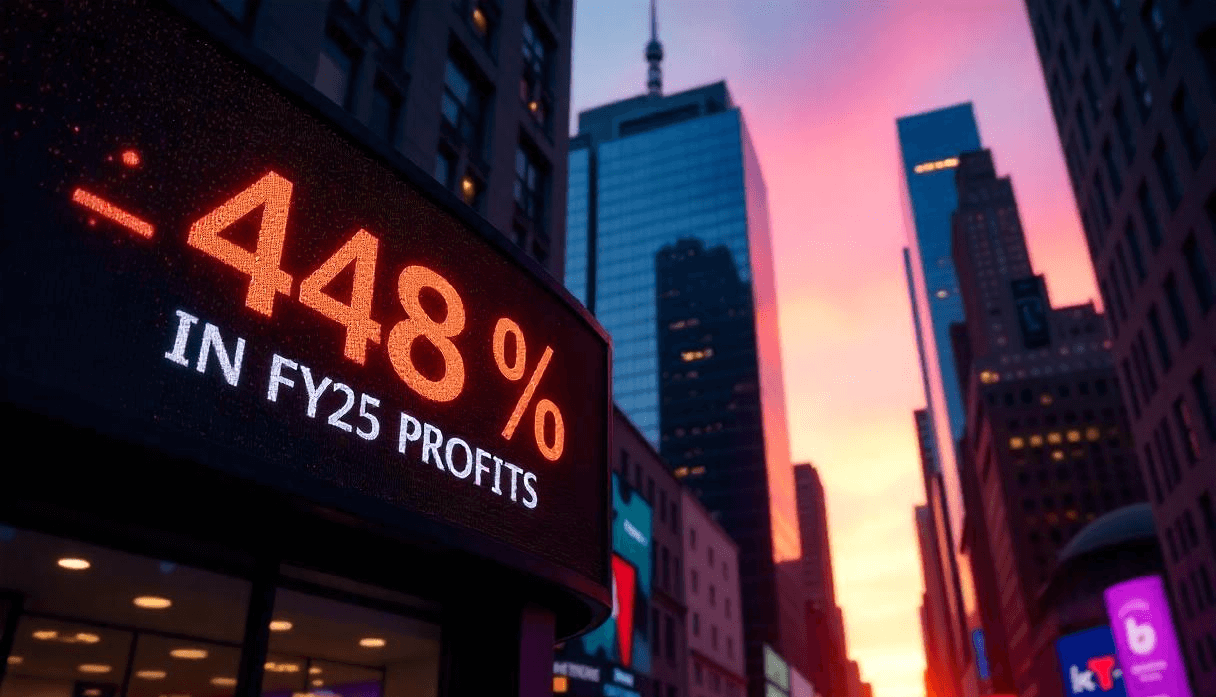Strengthening Global Ties: India’s Strategic Pursuit of International Trade Agreements

In a rapidly evolving global economy, nations are racing to secure their positions through robust international partnerships. India, with its vast market potential and growing geopolitical influence, has embraced this momentum by actively pursuing bilateral and multilateral trade agreements. As 2025 unfolds, these efforts are not just about economic growth—they’re about resilience, opportunity, and strategic alignment.
Why Trade Agreements Matter Now More Than Ever
With recent global disruptions—ranging from post-pandemic recovery to shifting trade blocs and geopolitical tensions—India recognizes the need to diversify its trade relationships. This has become especially crucial following the imposition of a 26% tariff by the United States on Indian exports. The move, part of a broader trend of protectionism, is expected to trim India's GDP growth by 20-40 basis points in FY26.
In response, India is accelerating negotiations and expanding its trade footprint to secure favorable terms with key global partners.
Key Trade Agreements in the Pipeline
- India–UK Free Trade Agreement (FTA):
Negotiations have reached an advanced stage, with both nations optimistic about closing the deal soon. The agreement is expected to bolster bilateral trade, open up access to new markets, and reduce duties on key exports such as textiles, machinery, and pharmaceuticals. - India–European Union (EU) FTA:
A high-priority deal, this agreement has been years in the making. It promises broader access to European markets and would significantly benefit sectors like IT, automobiles, and agro-products. - Existing Deals with UAE, Australia, and Oman:
India has already signed FTAs with several nations in recent years, which have helped reduce tariffs, streamline customs procedures, and promote cross-border investments. - Exploring Africa and Latin America:
India is also exploring partnerships beyond traditional allies, targeting emerging markets in Africa and Latin America for resource access and strategic positioning.
The Strategic Angle: Not Just Economics
India’s pursuit of trade agreements isn’t solely about reducing tariffs or increasing export volumes. It’s about building strategic alliances that align with long-term national interests. These agreements often include provisions on data protection, environmental standards, digital trade, and intellectual property—key areas as India looks to lead in technology and innovation.
Moreover, trade partnerships strengthen diplomatic relationships, enabling India to play a more influential role in global forums like the G20 and BRICS.
Opportunities and Challenges
Opportunities:
- Boost to exports, especially in labor-intensive sectors.
- Greater foreign investment and technology exchange.
- Job creation and upskilling in domestic industries.
Challenges:
- Negotiating terms that protect India’s small and medium enterprises.
- Managing domestic political pressures and regulatory hurdles.
- Ensuring that free trade doesn't lead to trade imbalances.
Looking Ahead: A Vision for Resilient Trade
India’s evolving trade strategy is a calculated mix of economic pragmatism and global ambition. By engaging in FTAs and strengthening its economic diplomacy, India is preparing for a future where trade resilience and global connectivity will be key determinants of national prosperity.
As the world reconfigures itself into new economic alliances, India is not waiting on the sidelines—it is actively shaping its future, one agreement at a time.
Recent post
Take Fintegriti for a Test Drive
No License Required!
Still on the fence? Hop in and experience payments so smooth,
even your morning coffee will be jealous



